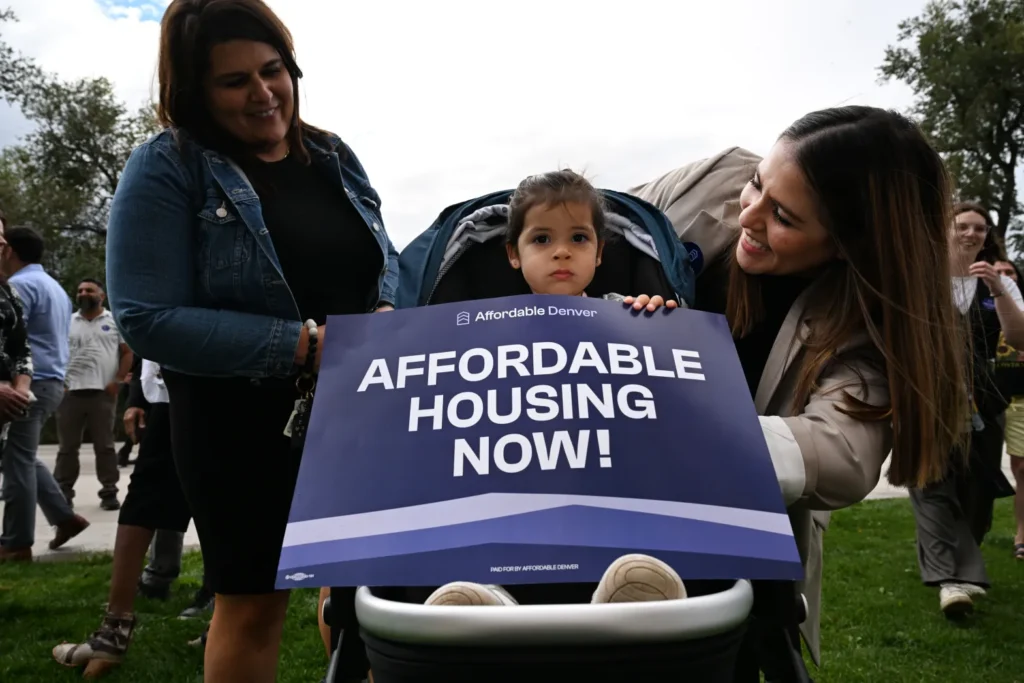
The Wall Street Journal Editorial Board examines the lopsided numbers fueling Oregon’s housing affordability crisis.
Oregon’s population grew by nearly 400,000 between 2010 and 2019. But the state added a mere 37 housing permits for every 100 new residents, according to a report released last week by the Oregon Office of Economic Analysis. Economist Josh Lehner found that “while much of the attention is paid to rising housing costs, we know they are the symptom and not the cause of the disease. The chief underlying cause is the ongoing low levels of new construction this decade.”
Mr. Lehner adds that “on a population growth-adjusted basis, Oregon built fewer new housing units this decade than we have since at least World War II.”
That’s no surprise since Oregon’s land-use rules have been dysfunctional for decades. In the 1970s lawmakers worried about sprawl imposed strict limits on urban expansion. These urban growth boundaries have failed to adjust sufficiently to growing populations, choking residential development despite high demand. Rising housing prices are the inevitable result of this government-imposed scarcity.
Portland is now desperate for affordable housing and says it’s at least 23,000 units short. But its policies discourage investment in housing for low- and middle-income families. Its land-use zoning is more restrictive than more than three-fourths of other metropolitan areas examined in a new working paper by Harvard and University of Pennsylvania researchers. Since 2017 Portland has enforced an “inclusionary zoning” requirement on new residential buildings with 20 or more units. The city now compels many landlords to rent up to a fifth of new units at below-market rates.
Read more here.




